-
Plastic Plant Pots; is there a viable alternative?
 Lee Burkhill: Award Winning Designer & BBC 1's Garden Rescue Presenters Official Blog
Lee Burkhill: Award Winning Designer & BBC 1's Garden Rescue Presenters Official Blog

So it turns out that life with plastic really ain't that fantastic after all. Not given how little of it in the gardening world can be recycled, and most of it ends up in landfills, filling our earth with fragments of plastic that will take hundreds of years to fully break down. Ask any mindful gardeners, and their sheds will have their own hoard of plastic pots waiting to be reused. The worst case is they end up in the general waste as recycling centres can't accurately pick them out of other plastic waste due to their black colouring.
This is not a new problem by any means. Plastic pollution was first publicly acknowledged in the 1970s when amounts of plastic were found in marine studies. This pliable material has now become a burden, and gardeners know this only too well with our reliance on plant pots for both growing and sourcing new plants for our gardens.
The recent legislation on charging for plastic bags and film coverage from the BBC's Blue Planet series & Gardeners World has once again brought the issue of plastic pollution once again onto the social agenda. We can't just brush it under the carpet or flush it out to sea. So, what are the alternatives to the traditional black plastic plant pot? How likely is it that we can reverse this devastating trend for plastic?
As a garden designer, I all too frequently encounter a sea of black plastic plant pots. Nearly every single plant that I can source here in the UK is dispatched in some form of black plastic container, no matter what size the plants. There is no alternative offered at this point to reject this as the plant container would be the kiss of death to my work. Given the fact most plants are sourced from a number of nurseries there would be no easy secure way to transport them to the client site, alive that is.
The issue is not necessarily the fact they are plastic but seems to be the colour of the plant pots. The black plastic carbon pigment used in black plastic cannot be easily detected by most recycling centres. It is then ejected from the conveyor belt and treated like general waste, shredded and ending up in a landfill.
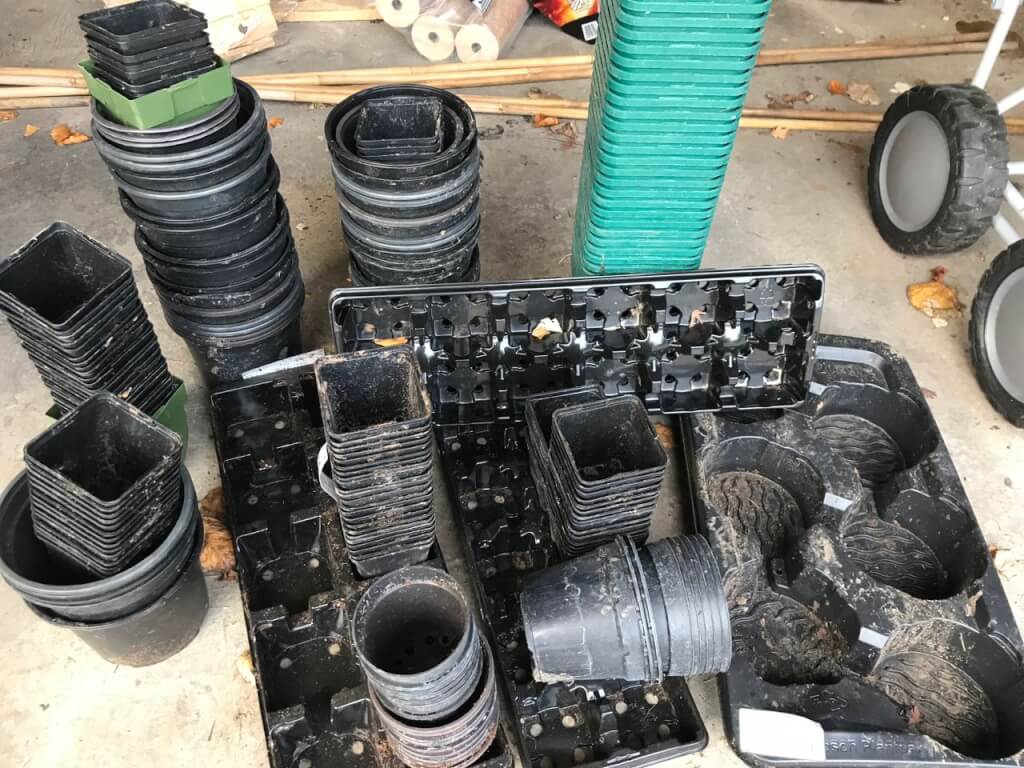
One manufacturer has started to create Taupe coloured plant pots, these beige pots are being touted as the progressive step away from black plastic. These light buff coloured pots are able to be selected with the infrared sorting process which identifies the carbon-free polypropylene from the conveyor to be recycled with other plastics. The manufacturer has committed to creating 700,000 of these in 2019 which a number of garden centres and supply chains are going to start to use.
There are also grey pots being manufactured by Desch using recycled plastic. The grey colour also allows for easier detection by local authority recycling.
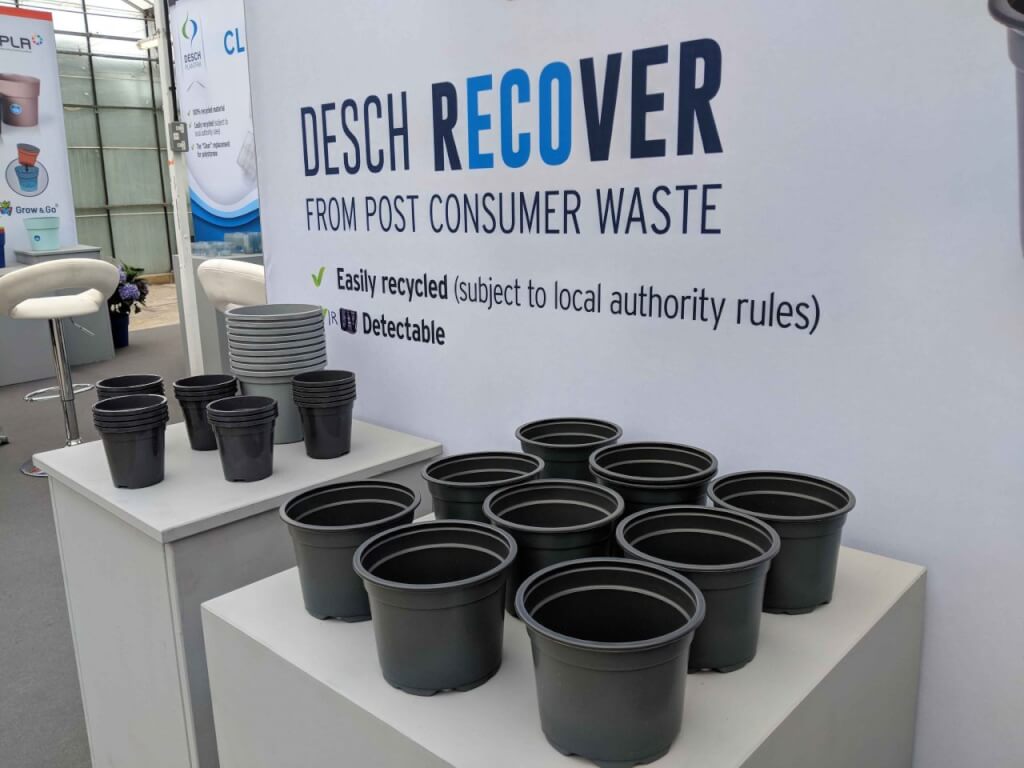
A great first step, but remember our starting figure of 500 million in circulation each year?! Other critics have claimed that the cost difference will put off many suppliers as this will then need to either be absorbed or passed onto the buyer.
In direct contrast to the cost issue, a study in Purdue in Michigan State University, 2010, showed that consumers would opt to pay up to 69 cents, around 50p, more for a plant that was contained within a recycled or recyclable plant pot rather than plastic. There are more interesting details of this study here. I think that the cost issue could be overcome if the story of why the consumer may be paying a little bit more is clearly articulated.
Either way, the new taupe plant pots will involve higher consumer costs and will certainly take some time to fully roll out. It's a great first step but like any large industry, practice will take years to fully implement.
Research has been undertaken by Horticulture Week and reported by the spearhead of Gardening Without Plastic, Sally Nex, which uncovered that a staggering 87% of those councils that could recycle plastic plant pots won't. No matter what colour the plant pots are. So there's a huge discrepancy between the reported figures of councils that do recycle 'plastics', which doesn't necessarily mean they recycle 'plastic plant pots'.
Obviously, not all plastics are the same. It's worrying that only 13% of councils that can currently offer a plastic collection of 'coloured pots' do so. To put that another way, even with coloured plant pots incompletely circulated and black plant pots removed, only 13% of potential recycling schemes will be able to recycle them. This means we need a completely different mindset to address this problem.
There's also the concern about planters that we use for decorative purposes. Although these have a much longer life before they are disposed of the same issue still arises; what do we do with them when it comes to recycling? Even terracotta pots can't currently be recycled properly here in the UK so it's not just an issue with plastic, its nearly all plant containers.
One recent innovation is the creation of Bamboo fibre pots such as the Greentones range of recycled and biodegradable plant pots. These pots are created by using recycled bamboo products such as scaffolding poles, mats and chopsticks which are then bound with an organic resin to create a stable material. Once this is discarded, it breaks down within 3-5 years and is left in landfills. They are stable enough to house a plant, but when surrounded by moist earth, they slowly break down, leaving no visible trace after 5 years. So even if our recycling centres don't adapt and these pots are sent to landfill the ultimate outcome is a positive one.
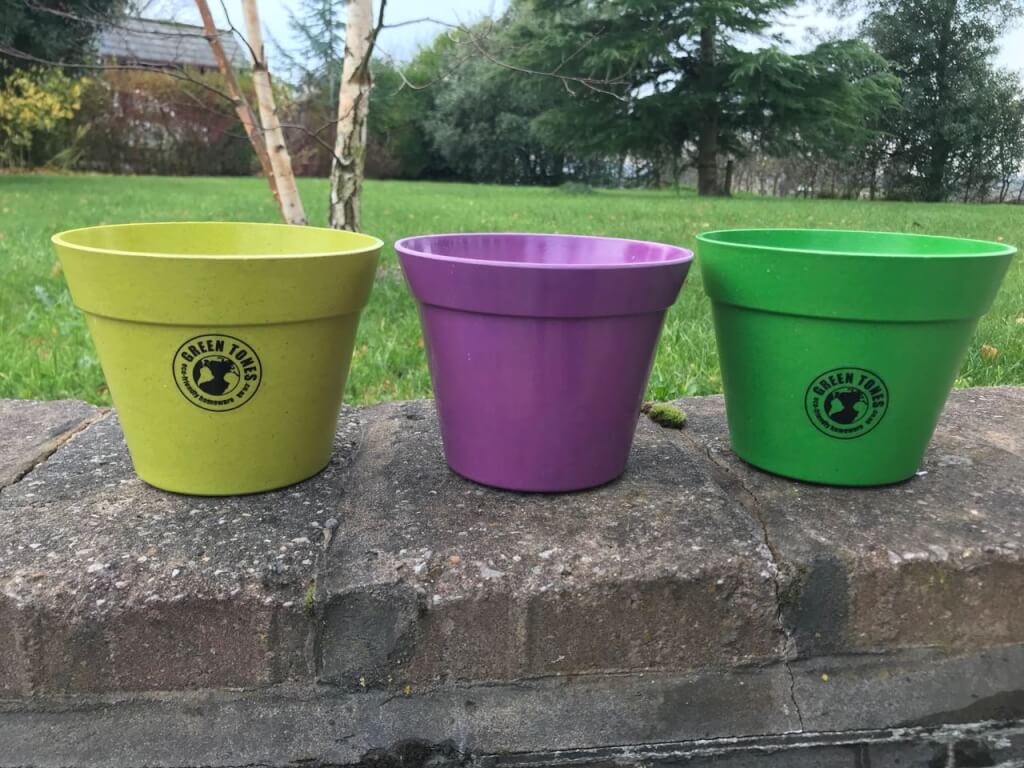
Roundwood of Mayfield sent me some of these products to look at more closely. They offer a range of bright, almost dayglo pots, a far cry from the terracotta and muted tones in garden centres. I was a bit sceptical as to their stability when I first read about them. The best way to describe them is that they have almost a matt feel a bit like the old original bakelite plastic. They are really tough compared to black plastic, you cant crush them and from their feel will survive far more knocks in the garden. The only drawback is they only come in small sizes at the moment, however, they would be great for patio or balcony planting especially with their bright colours.
Another important point to mention is the CO2 or carbon footprint of plant pots. Whilst you may find biodegradable ones for sale, where have they been manufactured and shipped from? If not careful, we may end up replacing one problem with another by importing containers from the other side of the world.
I'm not sure these biodegradable pots will ever take the practical place of plastic for propagation and transport reasons. They are not stable enough or are too expensive for the mass market.
Personally, though, I think this is a positive step for garden planters, that the products eventually will break down easily. A combination of these with a change in the point of sale pots would tackle the issue on both fronts. It's important to now discuss the issue of mass-produced plant pots for point of purchase. That is the options for a consumer when buying a plant that's going to then be planted. This brings us to the next plastic-free warriors, the independent nurseries and growers.
There have been a number of smaller nurseries who have taken the problem into their own hands in finding immediate solutions. Rather than wait for the industry to start changing the colours and materials of pots these brave few are creating their own. Helping to cut plastic usage directly with the consumer. The champions of the early adopters. I've been speaking to two of the most exciting.
Edibleculture is a nursery, garden shop, display garden and teaching space down in Faversham, Kent aiming to bring both education and inspiration to local gardeners. Whether it is selling a variety of fruit trees, providing a pruning service for new homeowners who inherited fruit trees, or locally produced GYO delights, they are really putting themselves forward as part of the solution. David & Chris, who run this engaging enterprise, have set themselves the target to become completely plastic-free by 2019.
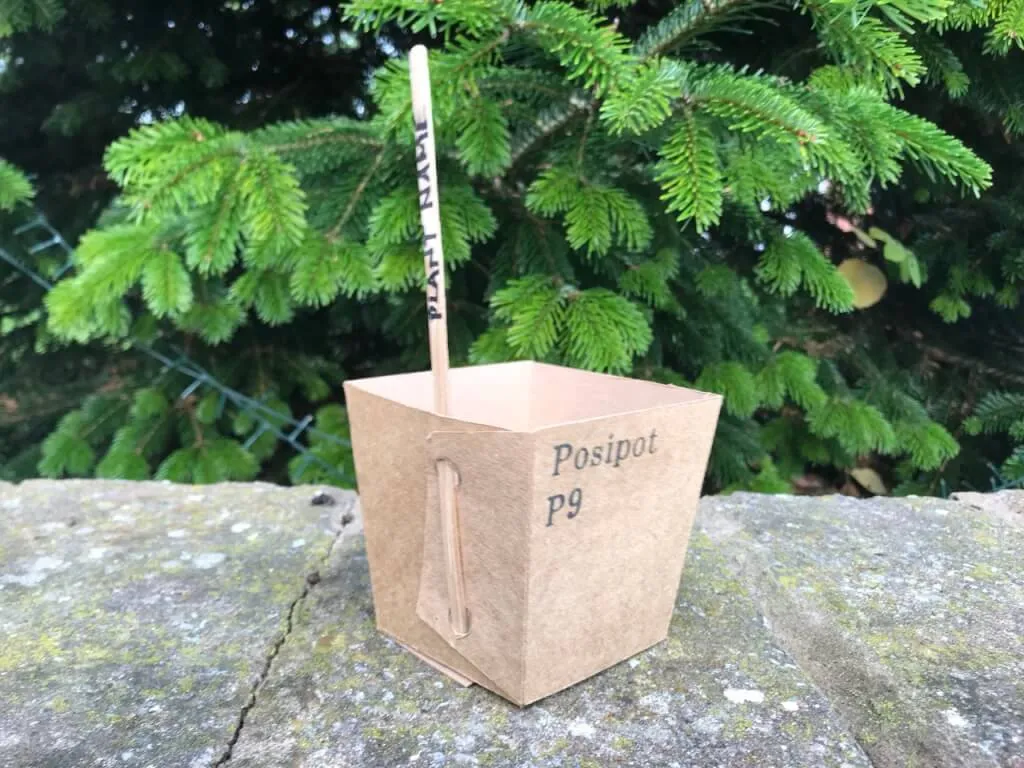
They aim to do this with their Posipot which all their plants will be transplanted in when purchased. The Posipot is a brown card pot, secured with a small wooden stick that has a layer of Mycorrhizal fungi placed in at the point of sale. For those scratching there head, it's a fungi that helps roots via the exchange of moisture to the plant in return for sugars, a truly reciprocal relationship. There is no adhesive or plastic used. The entire pot breaks down quickly into the earth.
The customer can then simply plant out the entire thing and within about 2 weeks its started to break down. Meaning zero waste and minimal fuss for the consumer. Now, this is obviously a temporary housing solution for a plant, but it does encourage people to carefully consider the footprint of their plant purchases.
Sue Beesley at Bluebell Cottage Gardens has been pioneering a plastic-free solution to both her nursery and online sales of her wonderfully unusual perennials. The great thing about Sue is she is a pragmatist and always looking to provide a solution. The team at Bluebell offer customers paper bags for their purchases and also offer to decant the plants from their plastic pots, which are then washed and reused, taking the plants home in a paper bag instead.
The mail-order offering is slightly trickier due to the need to protect these beautiful plants against a potentially turbulent journey. Sue commented "For mail order, we offer the option of ‘plastic-free’ delivery. We take the plants out of their pots and re-use them. Wrap the plants in waxed paper, stuff the box with wood wool and crumpled newspaper and that’s it. We’ve also gone over to stick on labels, rather than stick in labels as this produces a lot of hard plastic waste."
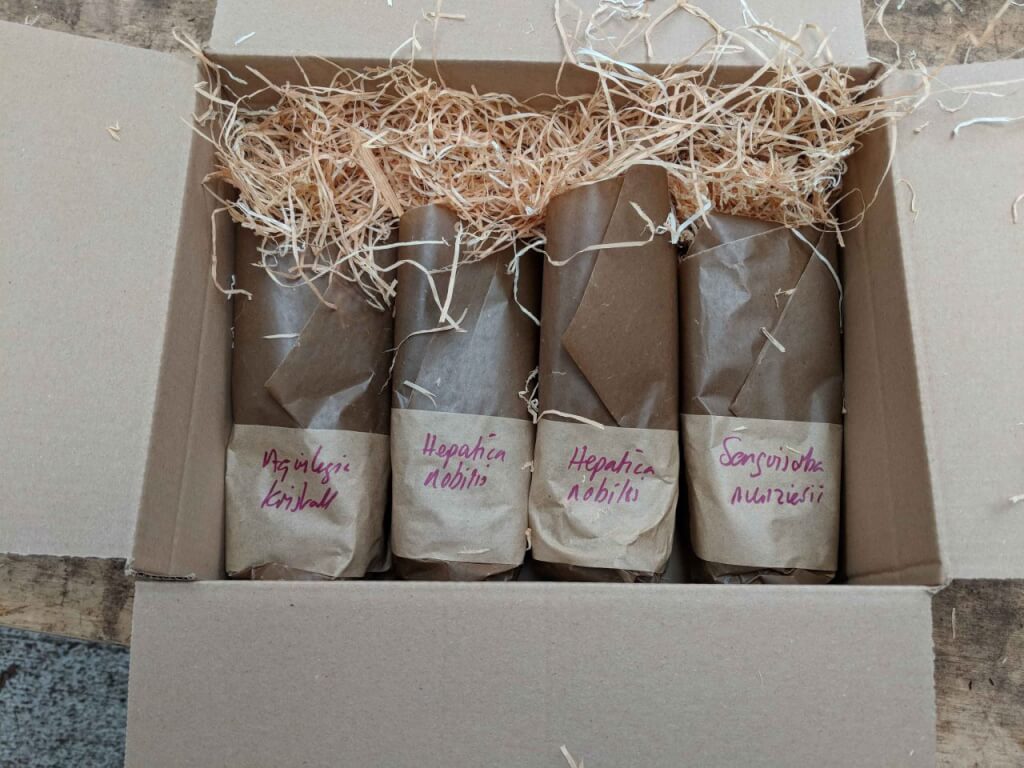
Both the Edibleculture's Posipot and Bluebell Cottage Garden are trailing the way for solutions that work right now, rather than waiting for the industry to catch up. I'd highly recommend a visit to either of their nurseries to view both their plants and great recycling alternatives to plastic pots.
When I'm propagating plants at home from seeds or cuttings I always use my wooden trays for smaller plants. Not only are these reusable but they're far more breathable than plastic, which I find leads to fewer issues with mildew and other greenhouse problems. Yes, they are a bit harder to clean, so I tend to rinse them with a stiff brush. They also look much nicer than cold, thin plastic.
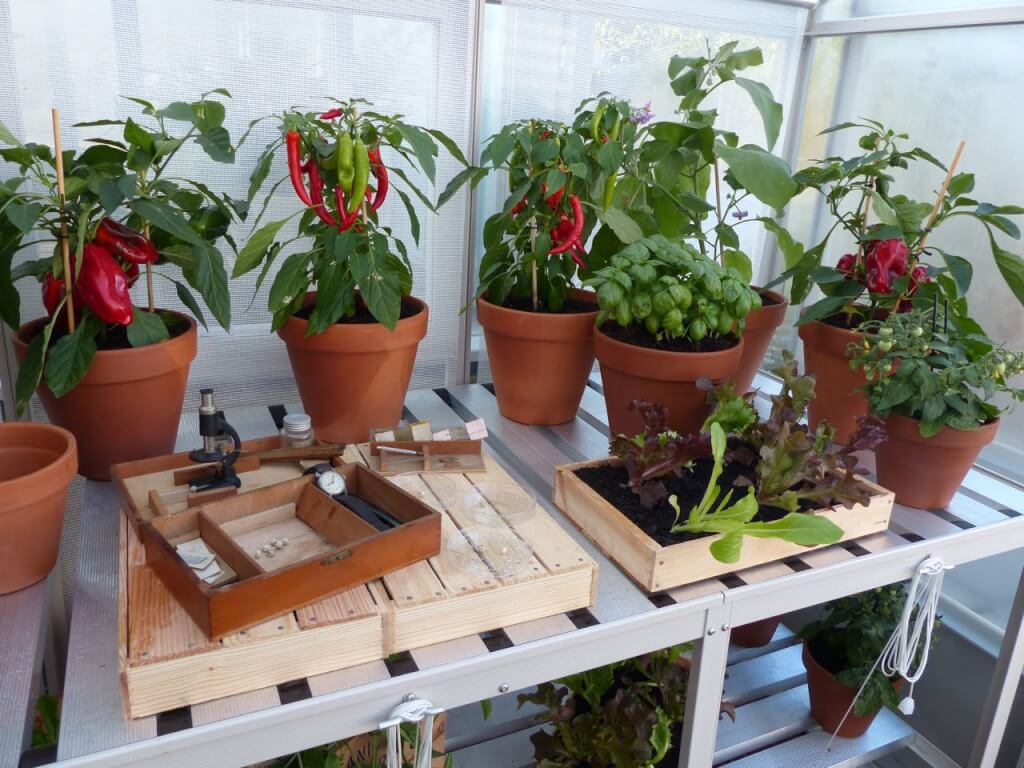
For larger seeds or specimens, I use terracotta, again more breathable/porous if possible. Failing that a reused black plastic pot if none of the above is available or suitable. I've even used yoghurt pots, aerosol lids and old paper coffee cups sometimes. When I run out of pots, I simply must plant those new seeds so I use whatever is lying around in my recycling bin!
Since I started investigating alternatives to plastic, it's shown that there are a number of solutions out there. You can see my entire series of vlogs on the subject of Gardening without plastic below.
Although I'm not going to be able to completely ditch plastic for my designs, there is hope that coloured alternatives are coming down the line. In the meantime, I'll be reusing as many plant pots as I can in my own garden and asking suppliers if the plants I need for designs can come in a coloured pot instead. It's clear we need a complete shift change in the supply of plants and our consumption of them. Considering either growing from seed, buying bareroot during Autumn or taking our own containers to nurseries.
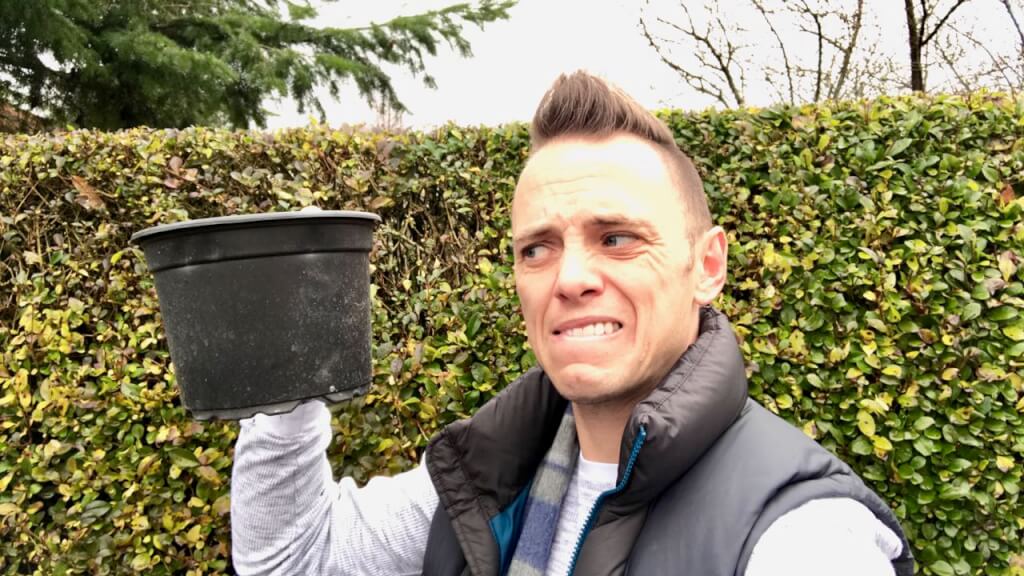
In terms of buying plants for my own garden, I'll certainly be visiting independent nurseries, taking my own clean plastic plant pots along to decant them. That way, they can reuse the plant pots as well as help to reduce the footprint. Just like the move away from plastic bags, I think if we all started taking our own pots then maybe nurseries would start to accept this as common practice. Even if the solution is not entirely here yet, we, as gardeners, can make small steps to push it along.
Would you take your own pots next time you visit a nursery or garden centre? Do you have your own plastic alternatives? I'd love to hear from you and raise awareness of this hugely important issue. Why not tweet your replies using #Gardeningwithoutplastic to start the revolution of alternatives?
Why not Tweet, Facebook or Instagram me with your suggestions.


You must be logged in to post a comment.

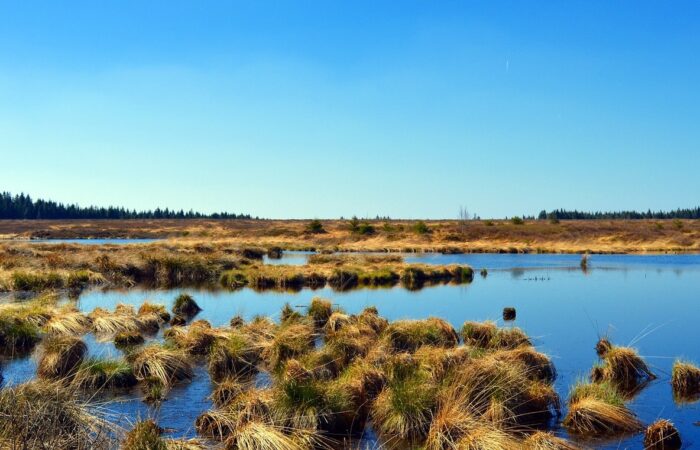
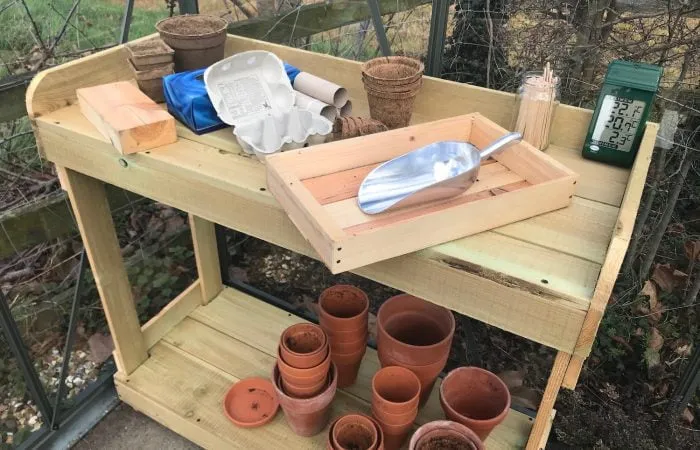
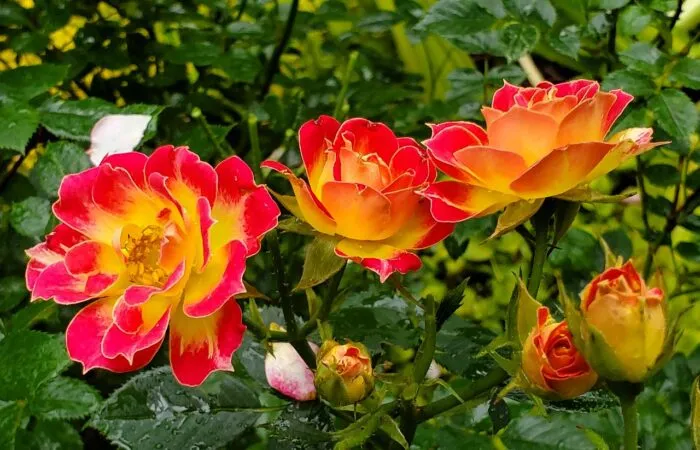
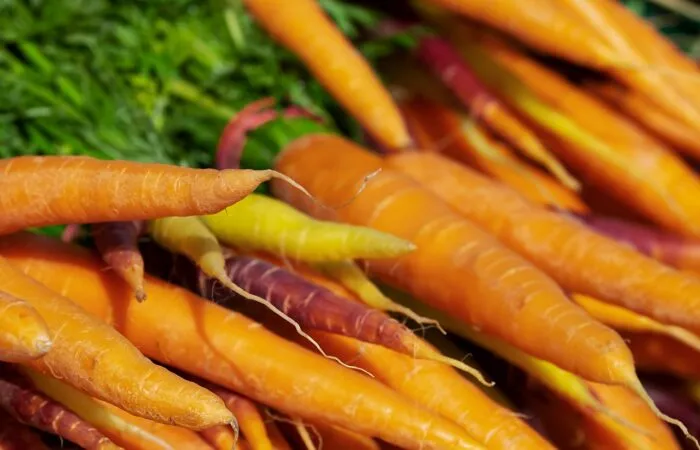
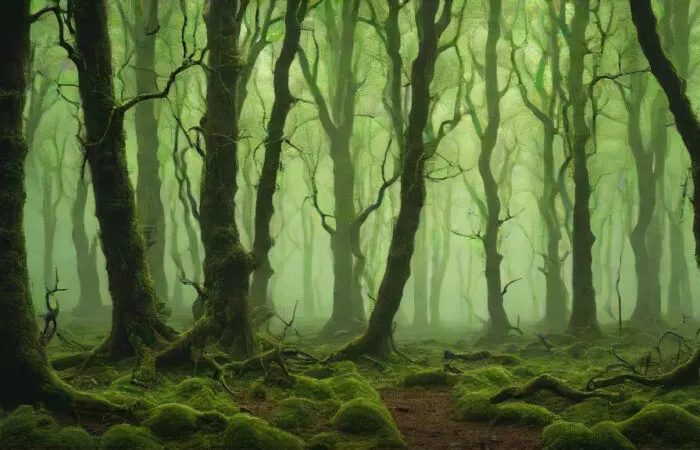
JOIN THE NINJAS

Be the first in line for new Guides, Discount codes and Offers
Charge a deposit. While we are trying to find a perfect plastic free pot, why not reuse the plastic ones we do have? I would love to see a deposit required on pots going out of the greenhouse so that people are encouraged to bring them back to get their deposit returned. Greenhouses would have to commit to this because returned pots would have to be cleaned.